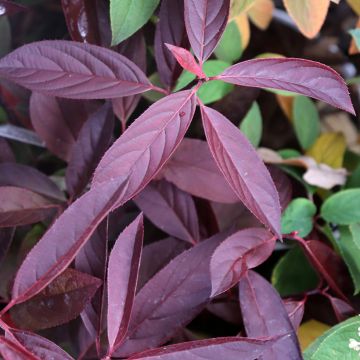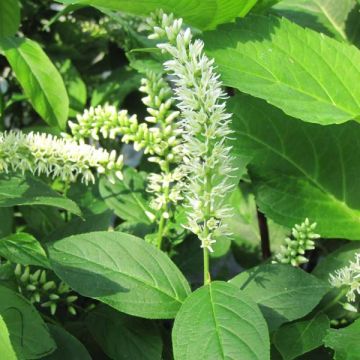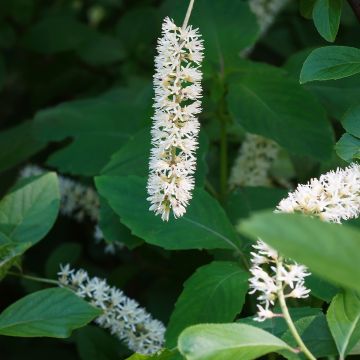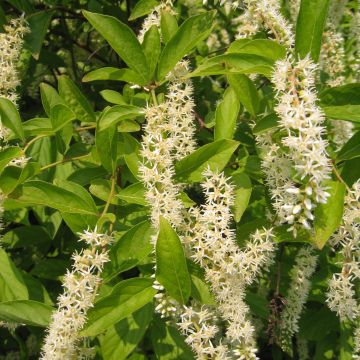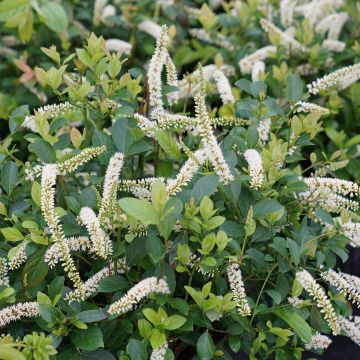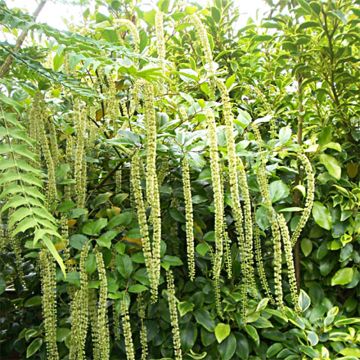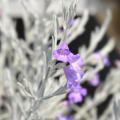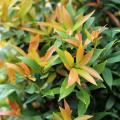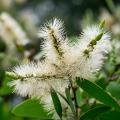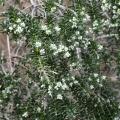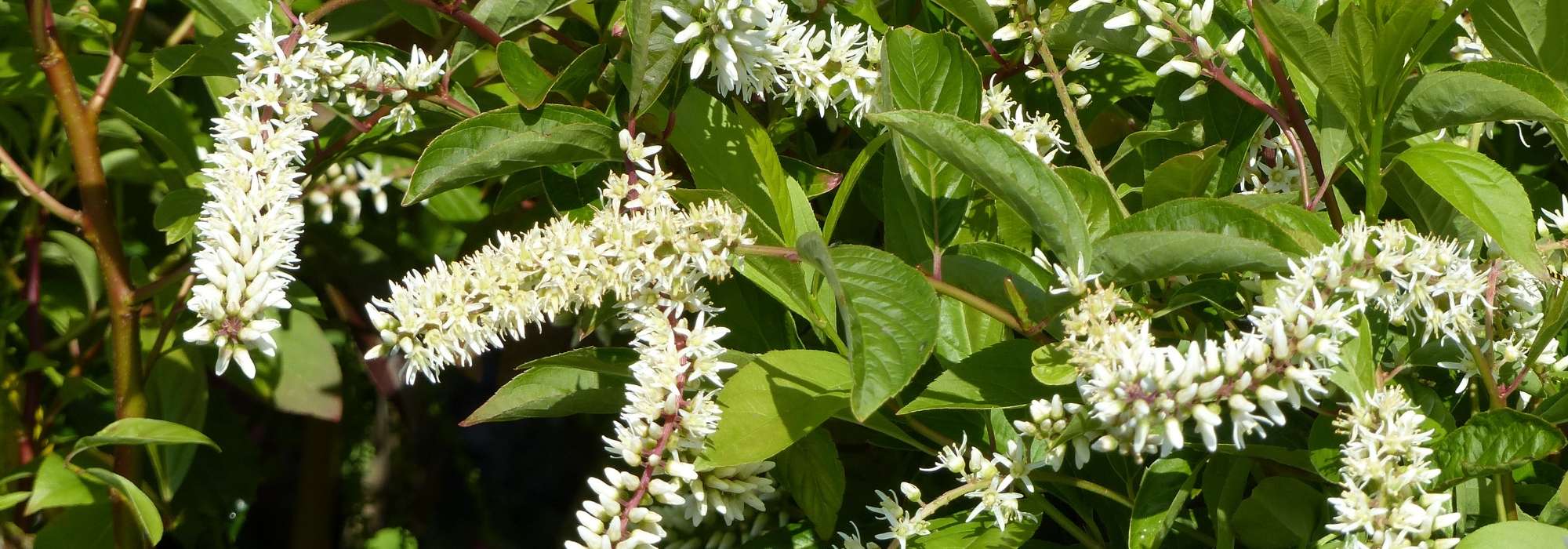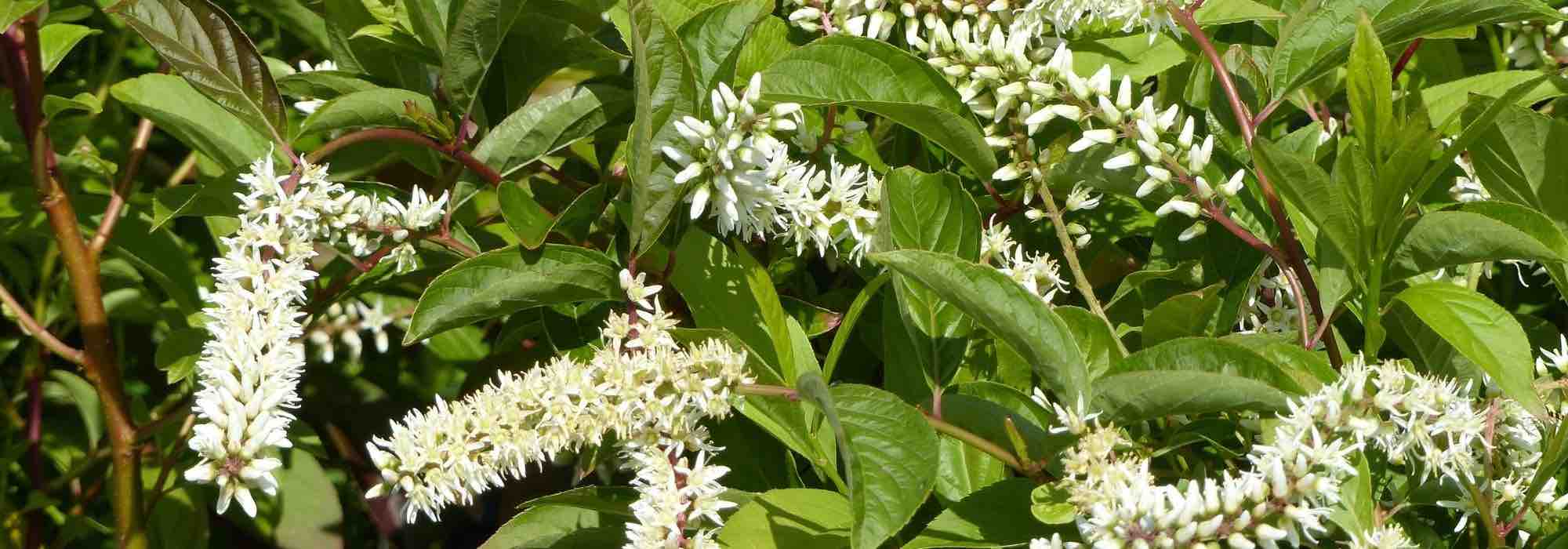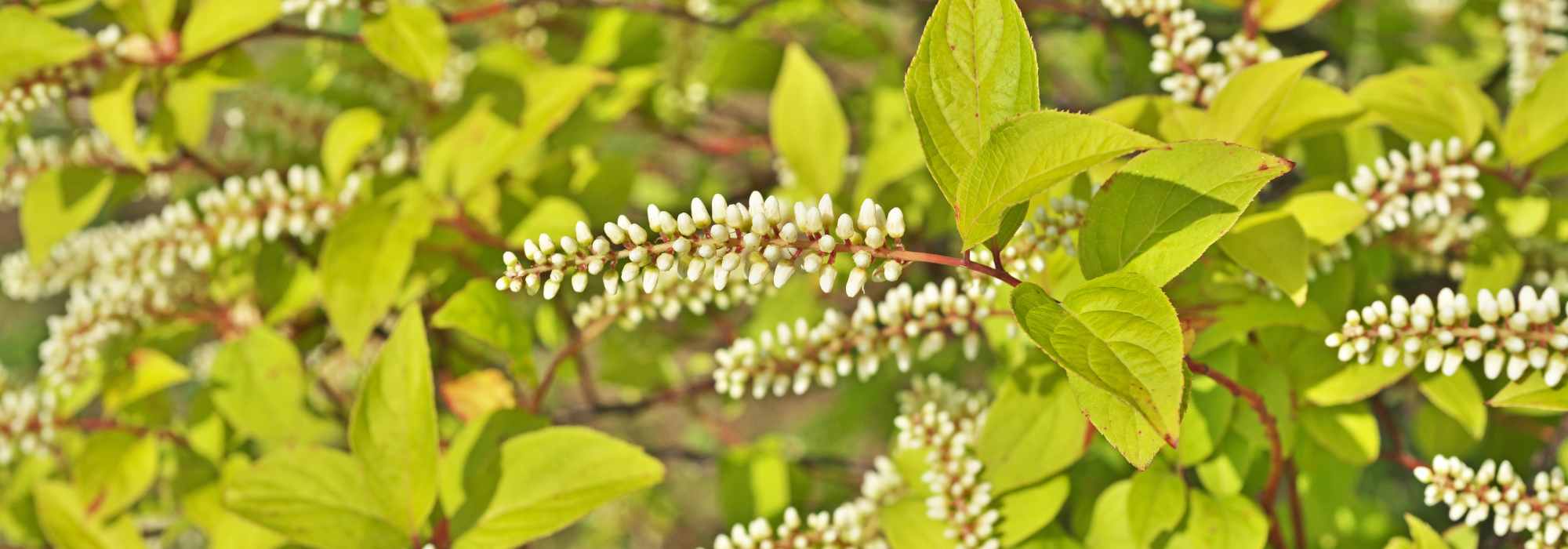Itea
Would this plant suit my garden? Set up your Plantfit profile →
Available in 2 sizes
Available in 2 sizes
Available in 1 sizes
Available in 1 sizes
Available in 1 sizes
Available in 2 sizes
Itea is a beautiful ornamental bush, better known as Itea virginica, a North American, deciduous, very hardy shrub, adapted to wet conditions, appreciated for its mahogany foliage in autumn. However, its Asian relative, Itea ilicifolia (with holly-like leaves), can also be grown in gardens and is very different, slightly less cold-tolerant, , less water-demanding with evergreen foliage, and its spectacular flowers in long pendulous aments with a honey fragrance. In recent years, horticulturists have developed some compact cultivars, such as Itea virginica Little Henry, well-suited for small gardens and container gardening on patios and balconies. Apart from these two species cultivated in our gardens, there are about eight other deciduous or evergreen shrubs or trees, mostly originating from tropical and temperate Asia. Itea belongs, depending on classifications, to the family Iteaceae, Grossulariaceae, or Escalloniaceae.
Itea virginica is naturally splendid near water in the company of plants that, like it, love wet places. Itea ilicifolia with holly-like leaves, on the other hand, will be sublime against a wall that will protect it from wind and severe frost.
Itea have slightly different growing requirements depending on the species and varieties, but they are generally easy to grow in ordinary soil, which is slightly acidic, neutral, or slightly chalky, as long as it is well-drained and not too dry.
Haven't found what you were looking for?





































